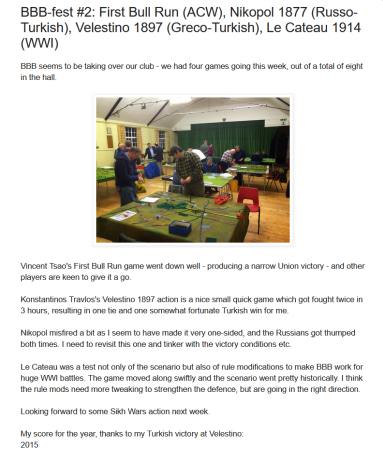Large French warships were usually painted in a mid- to dark grey during the war. Pre-WWI, they were in pale grey or dark grey, depending on station. At the turn of the century, they had black hulls and white upperworks, with ochre funnels. However, this became brownish ochre for upperworks and funnels, prior to the changeover to grey. During the previous century, they had black hulls with yellow-brown or white upperworks, depending on where they were stationed.
Many ships adopted false bow waves to confuse submarines. These normally comprised a white, wavy line at the bow, but a few ships had a solid section of white hull forward, with a jagged edge marking the end of it (before the forward turret). In some ships (such as the Requin, which was used in the defence of the Suez Canal), the forward gun was also painted white, and the front of the turret (with part of the side) in white - with, again, a jagged edge toward the aft end of the painted area. The rest of the turret was painted black.
The decks were wood, but although clean, were not holystoned and therefore more "faded wood" colour. Some were wiped over with used cooking oil to preserve them and provide protection from seawater.
Because of the French practice of making defaulters serve out punishment by hard labour, it was common for some turrets on major ships to appear in a shade of Bronze Brown. This was achieved by having the defaulters scrub the outside of those particular turrets with used cooking oil left over from the galley. This can be clearly seen in black-and-white photographs, where some turrets appear very much darker than the rest. Which turrets this was applied to varied from ship to ship.
Torpedo boats were painted in dark grey or black. Destroyers and torpedo boats later adopted mid-grey. Upper surfaces were usually hull colour. On ships that were coal-fired (most), black was often used around bunkers. The destroyers delivered from Japan were in mid-blue-grey.
It was common for funnel markings to be used as a means of recognition. Large letters in black or white (abbreviation of the name) were used on torpedocraft as a means of recognition - black or white being chosen to contrast with the main scheme in use. On most French warships, squadron and flotilla markings on funnels were quite prominent.
In some cases, sections of the bow and stern was painted black, and then followed by a sawtooth pattern of white on the inner side. The 'teeth' were into the edge of the black. This was to confuse submarines as to speed and course.
Waterlines were black or red.






